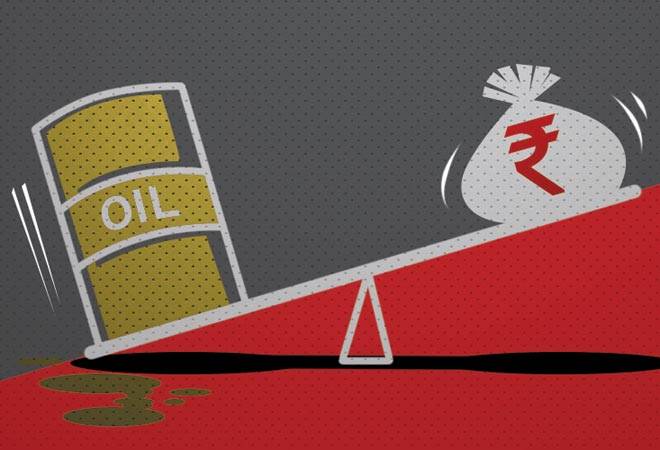
On March 31, 2013, the cash and bank balance of Reliance Industries (RIL) stood at Rs 82,975 crore. The gross debt was Rs 72,427 crore. That was the time when the oil refiner started work on two capital-intensive projects - expansion of the Jamnagar petrochem unit and Reliance Jio's 4G services. RIL has spent Rs 2,50,000 crore - Rs 1,50,000 crore on Jio and Rs 1,00,000 crore on petrochem and debottlenecking at Jamnagar - including on spectrum, since 2010.
RIL's outstanding debt at the end of the third quarter of this financial year stood at Rs 194,381 crore while cash and bank balance - bank deposits, mutual funds, corporate deposits, government bonds and other marketable securities - was Rs 76,339 crore. The gross debt-to-equity ratio increased from 0.55 in March 2012 to 0.74 in March 2016 and further to 0.77 at the end of September 2016.
The investment in the last three years is equal to what the company has invested in its entire 35-year history. What has stood the company in good stead is strong cash flows from the petrochemicals and refining business and its ability to borrow at low rates from global markets. With 60 per cent of RIL's revenues coming from exports, dollar revenues give the company a natural hedge for borrowing in the greenback.
Another advantage for RIL is its credit ratings, superior to India's sovereign ratings. The company keeps reducing borrowing costs, renegotiating with banks and raising fresh capital from bond markets. The capex cycle is at its fag end and in the next few quarters reverse cash flow will start, says an RIL executive.
At a standalone level, in 2015/16, the company paid Rs 2,454 crore interest on a debt of Rs 1,07,130 crore. Additionally, it paid about Rs 2,302 crore interest on funds raised for projects (this comes under project costs). The effective interest rate of around 4.4 per cent is way below the average rates prevailing in the country. For comparison, the company's interest burden was Rs 3,421 crore in 2012/13, on a debt of Rs 72,427 crore. The effective interest rate comes to 4.7 per cent.
"RIL is continuously on a lookout for new avenues to raise cheap funds and has priced open new markets for Indian corporates. With single-minded focus on cost optimisation, RIL has done well to elongate the average maturity and manage overall associated risks," says the executive.
Since its core businesses generate about Rs 52,000 crore cash flow annually - the revenue stood at Rs 296,091 crore and profit at Rs 27,630 crore in the last financial year - servicing of loans and repayments will not be an issue in the short and medium term. But in the longer run, the digital business will have to rake in the moolah as RIL plans to raise Rs 1,00,000 crore more until 2020 for Jio's rural push.
On the other side, RIL is aiming to become debt-free (at the net-debt level) again in the next three years with new cash flows from petrochemicals and 4G.
It's a tightrope walk. ~
@Nevinjl